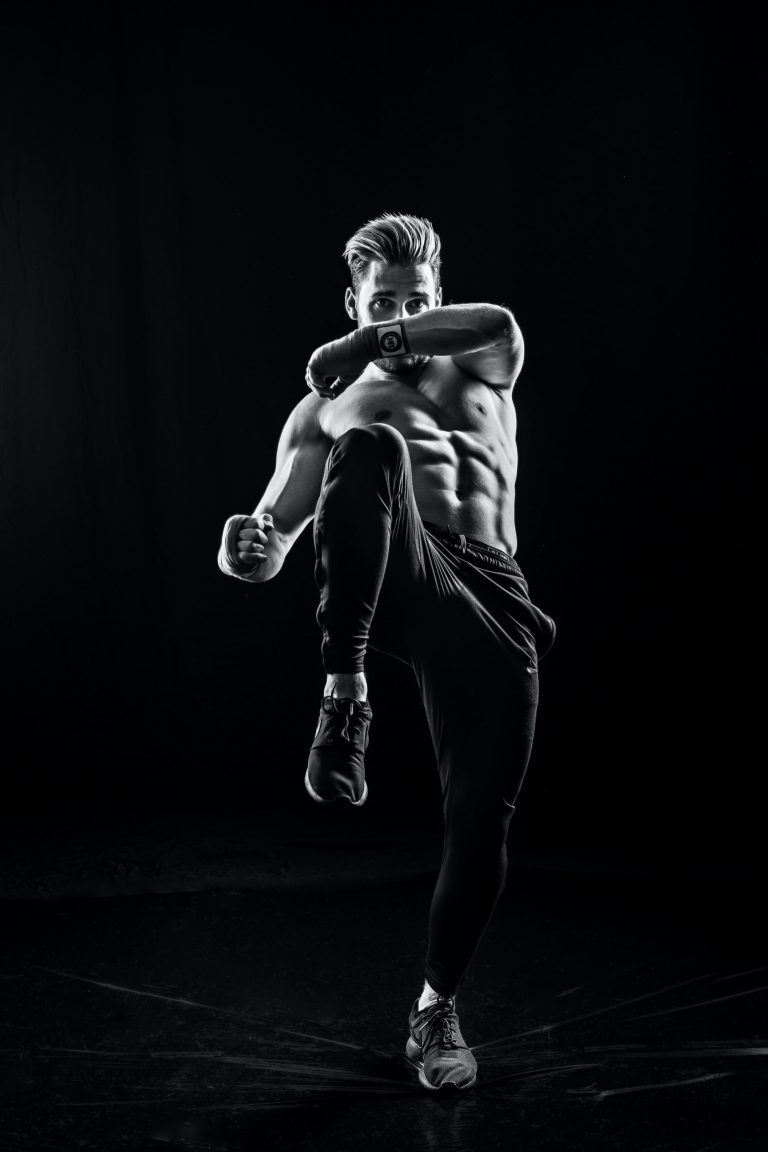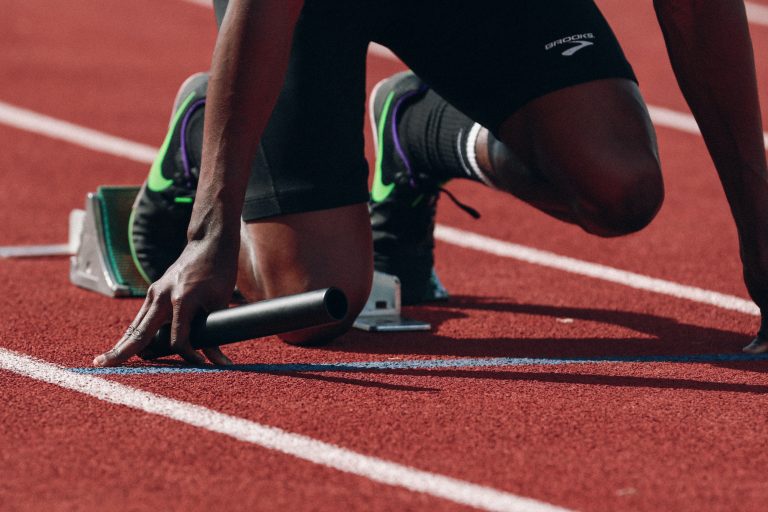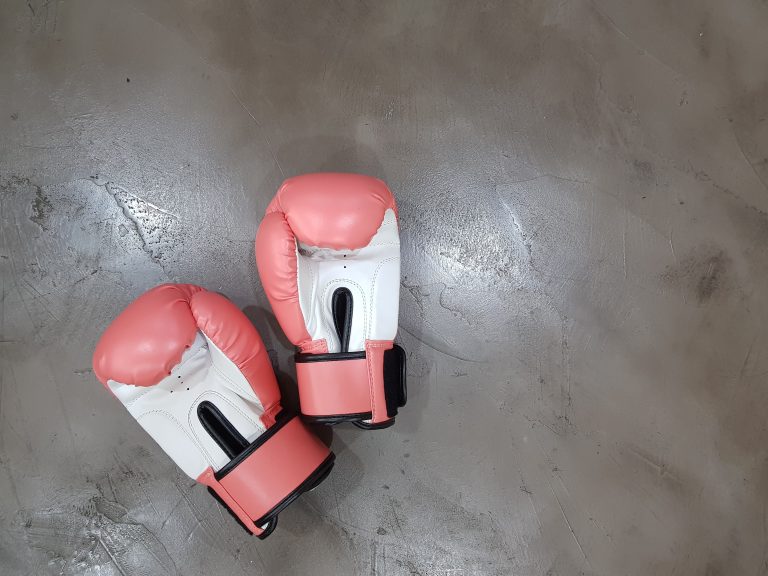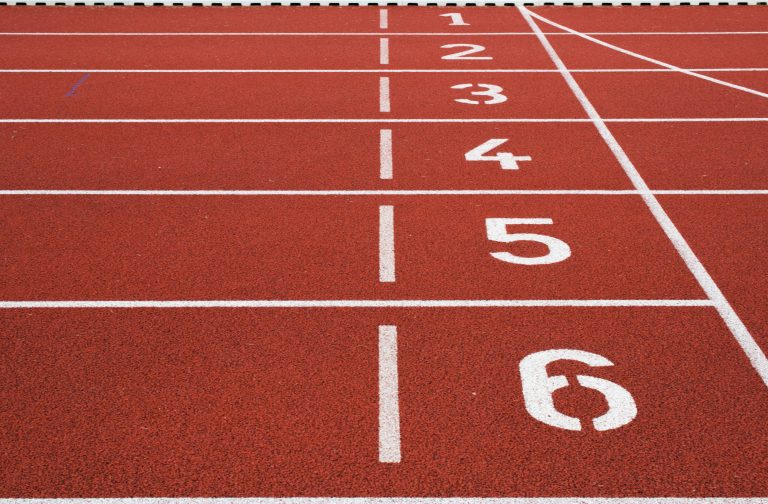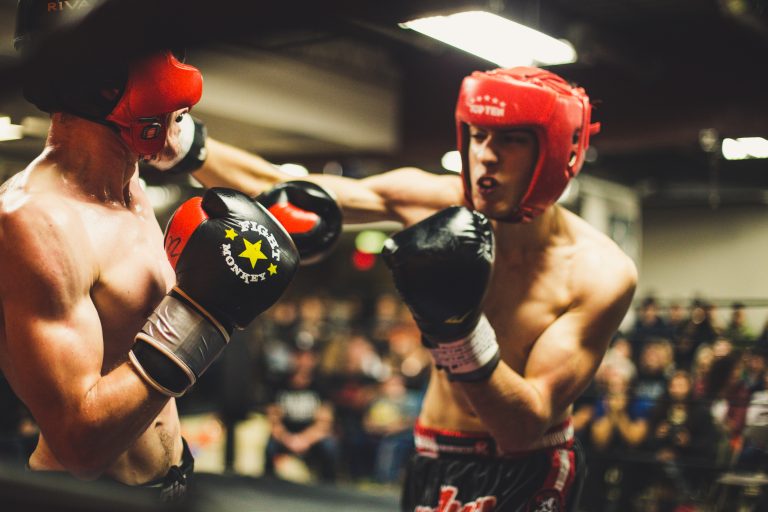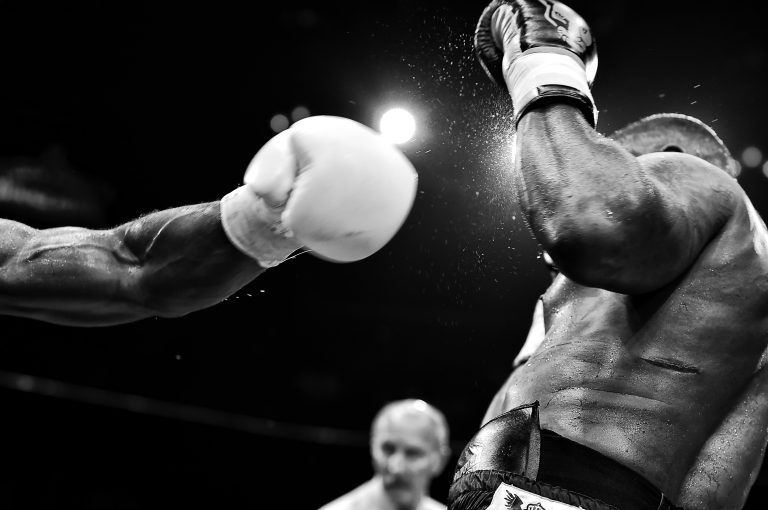Shotokan Karate Techniken Namen
Karate ist eine ursprünglich aus Okinawa stammende Kampfkunst, die inzwischen weltweit bekannt und beliebt ist. Shotokan Karate ist eine der bekanntesten Schulen des Karate und wurde von Gichin Funakoshi im Jahr 1938 gegründet. Shotokan zeichnet sich durch seine klaren, geraden Bewegungen und seine effektiven Techniken aus. In diesem Artikel wollen wir uns mit den Namen der wichtigsten Shotokan Karate Techniken beschäftigen.
Die Grundschule – Kihon
Wie in den meisten Kampfkünsten ist auch im Karate die Grundschule (Kihon) von zentraler Bedeutung. In dieser Phase werden die grundlegenden Techniken geübt und perfektioniert. Die wichtigsten Kihon-Techniken im Shotokan Karate sind:
- Oi-zuki (vorwärts gerichteter Fauststoß): Diese Technik wird auch als “Front Punch” bezeichnet und ist einer der wichtigsten Schläge im Shotokan-Karate. Der Oi-zuki wird mit einer schnellen Bewegung von der Hüfte aus ausgeführt.
- Gyaku-zuki (umgekehrter Fauststoß): Beim Gyaku-zuki dreht sich der Körper des Karateka beim Stoß um 180 Grad. Diese Technik ist besonders effektiv, da sie die gesamte Körperkraft nutzt.
- Mae-geri (Frontkick): Der Mae-geri ist ein Kick, bei dem der Karateka mit dem vorderen Bein nach vorne tritt. Diese Technik ist besonders nützlich in der Selbstverteidigung.
- Gedan-barai (Tiefschlag-Abwehr): Beim Gedan-barai wird der Arm des Karateka nach unten geführt, um einen Tiefschlag abzuwehren. Diese Technik ist besonders wichtig im Kampf gegen größere und stärkere Gegner.
Die Kata – Formenlauf
Eine Kata ist im Karate eine festgelegte Abfolge von Techniken, die gegen eine imaginäre Gegnerschaft ausgeführt werden. Kata-Übungen sind eine wichtige Trainingsmethode im Shotokan-Karate. Die bekanntesten und wichtigsten Shotokan-Katas sind:
- Heian Shodan: Die Heian Shodan ist die erste Kata im Shotokan-Karate und besteht aus 21 Bewegungen. Die Kata enthält alle grundlegenden Techniken des Kihon.
- Tekki Shodan: Tekki Shodan ist eine fortgeschrittene Kata, die meist erst nach einigen Jahren des Trainings erlernt wird. Die Kata enthält viele schnelle und kräftige Bewegungen.
- Bassai Dai: Bassai Dai ist eine Kata mit vielen komplexen Techniken. Die Kata wird oft als “König der Kata” bezeichnet und erfordert viel Übung und Erfahrung im Karate.
- Kanku Dai: Kanku Dai ist eine der komplexesten Kata im Shotokan-Karate. Die Kata besteht aus 65 Bewegungen und erfordert viel Konzentration und Körperbeherrschung.
Kumite – Der Kampf
Kumite ist der Wettkampfteil des Karate und ist in der Regel ein Zweikampf zwischen zwei Karateka. Im Shotokan-Karate wird zwischen verschiedenen Kumite-Kategorien unterschieden:
- Ippon-Kumite: Bei dieser Kategorie handelt es sich um einen “Ein-Schlag-Kampf”. Der Kampf endet nach einem erfolgreichen Treffer.
- Sanbon-Kumite: Beim Sanbon-Kumite gibt es drei Runden, in denen jeweils ein erfolgreicher Treffer erzielt werden muss.
- Kihon Ippon Kumite: Hierbei handelt es sich um den Kampf gegen einen imaginären Gegner. Der Karateka führt dabei vorher festgelegte Techniken aus und simuliert einen Kampf gegen einen realen Gegner.
Fazit
Shotokan-Karate ist eine Kampfkunst mit vielen Techniken und Formen. Die Namen der wichtigsten Techniken sollten jederzeit präsent sein, um so ein tieferes Verständnis für die Abläufe und Bewegungen zu erlangen. Eine regelmäßige Trainingspraxis ist notwendig, um die verschiedenen Techniken und Formen des Shotokan-Karate zu beherrschen.
Most Frequently Asked Questions about Shotokan Karate Technique Names
If you’re a beginner in Shotokan Karate, it’s natural to have numerous questions about its techniques, especially its names. Shotokan Karate is a dynamic and fascinating martial art that has been gaining popularity all over the world. This post aims to provide some frequently asked questions about Shotokan Karate techniques and their names.
What is Shotokan Karate?
Shotokan Karate is a traditional form of Japanese martial arts that focuses on self-defense through punches, kicks, and strikes. It was established by Gichin Funakoshi, who set forth 20 basic Shotokan Karate techniques in his book „Karate-Do Kyohan.“ It is one of the most popular styles of Karate and is practiced by millions of people worldwide.
What are the names of Shotokan Karate techniques?
The names of Shotokan Karate techniques are usually in Japanese, which makes them sound challenging for non-Japanese speakers. There are three types of Shotokan Karate techniques: Kihon (basic techniques), Kata (forms), and Kumite (sparring).
Kihon (Basic Techniques)
Kihon is the basic building block of Shotokan Karate, and it includes three types of techniques; Kiai, Kamae, and Sanchin Dachi. Here are some of the common Shotokan Karate techniques:
- Age Uke: This technique translates to „Rising Block.“ It involves using the forearm to block an incoming attack from a high angle.
- Gedan Barai: Also known as „Low Block“, this technique involves using the arm to defend against low-level attacks.
- Mae Geri: This technique is a front kick used to defend against an opponent’s attack.
- Mawashi Geri: It is a roundhouse kick and one of the most potent Shotokan Karate techniques that can take out an opponent quickly.
- Uchi Uke: It is an inward block that involves using the forearm to block incoming attacks.
Kata (Forms)
Kata is a series of pre-arranged moves performed against an imaginary opponent. It is a vital component of Shotokan Karate that helps students to understand the application of techniques in different situations. Here are some common Shotokan Karate kata names:
- Heian Shodan: This is the first and usually the most basic Kata learned by new students. It consists of 21 different moves that emphasize basic techniques such as blocks, kicks, and punches.
- Tekki Shodan: This Kata, also known as „Iron Horse,“ emphasizes strong stances and low kicks.
- Bassai Dai: This Kata emphasizes powerful blocks and strikes, and it is usually the first advanced Kata learned by students.
- Kanku Dai: This is a complex Kata consisting of 65 moves and is considered to be one of the most challenging katas in Shotokan Karate.
- Jion: This Kata is named after Jion Temple in China and emphasizes fast moves and powerful strikes.
Kumite (Sparring)
Kumite is a form of sparring that is the most realistic fight simulation in Shotokan Karate. Here are some common Shotokan Karate Kumite techniques:
- Sanbon Kumite: This technique involves three-step sparring and is the most basic form that teaches blocks, strikes, and other techniques properly.
- Go Hon Kumite: It is a more advanced technique involving five-step sparring and is designed to increase speed, timing, and fluid movement.
- Jiyu Kumite: This Kumite technique is the most realistic and free-flowing sparring form used in Shotokan Karate tournaments and competitions.
- Kiso Kumite: This Kumite technique is more of a choreographed sparring with a predetermined sequence and is designed to develop essential techniques and movement.
- Ip Man Kumite: This is a one-step sparring technique used to train the student to anticipate and defend against an incoming attack.
Why are Shotokan Karate techniques named in Japanese?
Shotokan Karate techniques are named in Japanese because the martial art originated from Japan. Gichin Funakoshi, the founder of Shotokan Karate, was Japanese and named the techniques in his native language. Learning the Japanese terminology allows students to gain a deeper understanding of the karate’s history, culture, and philosophy.
Can Shotokan Karate techniques be learned by non-Japanese speakers?
Yes, Shotokan Karate techniques can be learned by non-Japanese speakers. Although the names of the techniques are in Japanese, most dojos teach the English equivalent, which makes it easier for non-Japanese speaking students to understand the moves. Instructors usually take their time to explain the significant techniques, their application, and the proper names.
Are Shotokan Karate techniques universal, or do they differ among schools?
Shotokan Karate techniques are universal, but schools may teach them a little differently. The techniques themselves do not change, but different schools may prefer certain variations or implications. Students may notice the difference as they travel to different dojos, but the techniques remain the same, the names remain the same, and the core principles remain the same.
Conclusion
Shotokan Karate is a fascinating martial art that has been around for decades, and its techniques‘ names are usually in Japanese. However, with proper instruction from qualified instructors, non-Japanese speakers can learn Shotokan Karate techniques and appreciate its history and culture. The information provided here is not exhaustive, but it should provide some of the most frequently asked questions about Shotokan Karate technique names. Karate is not just about learning techniques and movements, but it’s also about discipline, mental strength, and patience. With practice and dedication, anyone can master this exciting art form.
Inhaltsverzeichnis

